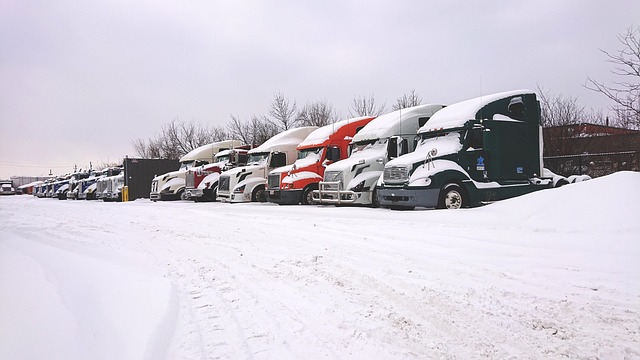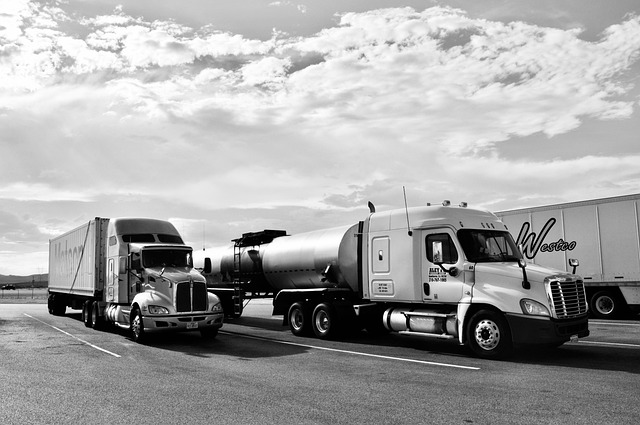Looking to register your car in California? This comprehensive guide walks you through the entire process, ensuring a smooth experience. First, understand the fundamental requirements for car registration in California, then gather essential documents for VIN (Vehicle Identification Number) verification. After performing a DMV-approved VIN check, complete the registration at your local DMV and pay the required fees. You’ll soon have your official registration documents in hand.
- Understand the Requirements for Car Registration in California
- Gather Necessary Documents for VIN Verification
- Perform a California Vehicle Identification Number (VIN) Check
- Complete the Registration Process at the DMV
- Pay the Required Fees and Receive Your Registration Documents
Understand the Requirements for Car Registration in California

Before registering your car in California, it’s crucial to understand the requirements set by the Department of Motor Vehicles (DMV). The process involves several key steps, including a thorough vehicle inspection and verification of its unique identifier—the Vehicle Identification Number (VIN). This VIN verification is a critical aspect of ensuring that your car meets all safety and environmental standards.
In California, you’ll need to undergo a mobile vin inspection or use a service that offers a digital vin verification process. This step ensures that your vehicle’s details match the information on file with the DMV, confirming its legitimacy and history. By completing these requirements, you’ll be one step closer to officially registering your car and hitting the roads legally in the Golden State.
Gather Necessary Documents for VIN Verification

To register your car in California, you’ll need to go through a process known as DMV VIN verification. Before you start, ensure you have all the required documents ready. This includes your vehicle’s registration certificate from the previous state (if applicable), proof of insurance, and a valid driver’s license. Additionally, gather important papers such as the title, purchase agreement, or lease document.
For a smoother process, consider having a mobile VIN inspection done by a certified professional. This service allows for on-site verification, saving you time and effort. With these documents in hand, you’ll be well on your way to completing the California car registration process at your local DMV, including the crucial vin inspection step.
Perform a California Vehicle Identification Number (VIN) Check

Before registering your vehicle in California, performing a DMV VIN verification is a crucial step. This process involves checking the vehicle’s history and ensuring it meets all legal requirements. The California Department of Motor Vehicles (DMV) offers several methods for this, including an online check and a physical inspection. One convenient option is to utilize a mobile vin inspection service, which allows you to get real-time results from anywhere.
A mobile vin verifier can perform the necessary DMV VIN verification quickly and efficiently. This service checks for any reported accidents, outstanding loans, or potential fraud associated with the vehicle’s unique Vehicle Identification Number (VIN). By ensuring the VIN is accurate and unaltered, you protect yourself from potential issues and ensure a smooth registration process.
Complete the Registration Process at the DMV

To complete the registration process for your car in California, you’ll need to visit a local Department of Motor Vehicles (DMV) office. This is where you’ll officially register your vehicle and obtain a California license plate. Before heading in, make sure you have all necessary documents, including proof of insurance, ownership records, and identification. The DMV will conduct a Vehicle Identification Number (VIN) verification as part of the registration process, ensuring that your car matches the information on file with the manufacturer. This step is crucial to maintain accurate vehicle records and prevent fraud.
You may also opt for a convenient alternative—mobile VIN verification or inspection. Many services offer this option, allowing you to have your vehicle’s VIN checked remotely. This can save you time and effort, especially if you’re unable to visit the DMV in person. However, it’s essential to ensure that these mobile services are reputable and approved by the California DMV to guarantee their validity and accuracy during the registration process.
Pay the Required Fees and Receive Your Registration Documents

After completing your vehicle’s inspection and ensuring it meets all safety standards, the next step is to pay the required fees for registration. The California Department of Motor Vehicles (DMV) has established fee structures that vary based on the type of vehicle and specific circumstances. This may include a base registration fee, a safety/emissions fee, and additional charges for special features or modifications. You can opt for various payment methods, typically including cash, credit card, or debit card.
Once your fees are processed, you’ll receive your registration documents, including a vehicle registration certificate and a license plate. In some cases, especially with modern technology, you might be eligible for a mobile vin inspection or a mobile vin verifier service, allowing you to complete the registration process even further streamlined. These services utilize your vehicle’s unique VIN (Vehicle Identification Number) to verify ownership and check for any outstanding issues, providing a convenient and efficient way to register your car in California.
Registering a car in California involves understanding specific requirements, gathering essential documents, and completing a DMV VIN verification process. By ensuring your vehicle meets the state’s standards and providing accurate information, you can smoothly navigate the registration procedure. Remember to keep your registration documents up-to-date for legal compliance and smooth driving experiences.
